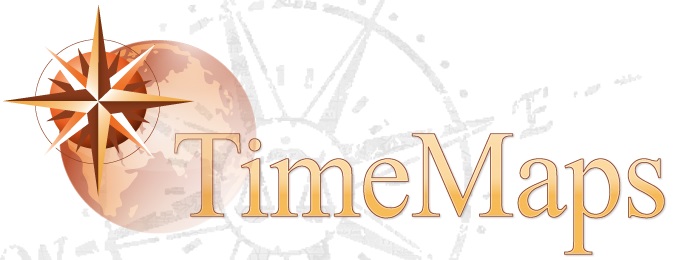On the Shelf at CCBC
-
Ancient World at War by A global history of ancient warfare, covering Egypt, the Near East, Greece, Rome, Central Asia, India, China, Korea, Japan, and the Americas. In this new survey of ancient warfare, a group of distinguished historians and archaeologists discusses major battles and wars from around the world. The book ranges in time from 8000 BC and the earliest evidence of warfare in northern Iraq to the armies of the Aztecs and Incas half a millennium ago, and includes Alexander the Great's triumphant campaigns against Persia in the fourth century BC, Caesar's Gallic Wars, the Han Chinese defeat of the nomadic Xiongnu horsemen, and the Inca ruler Atahualpa's last stand against Pizarro. The authors combine descriptions of the course of military events with expert analyses and explanations of the underlying social, economic, and cultural factors that shaped ancient warfare. Their essays survey the evolution of armies, tactics, and military equipment, from the strategic mastery evident in an early Chinese treatise on war by Sunzi to the rise of the Greek hoplite warrior and the development of swords and armor in ancient Japan. Special features cover key battles such as Qadesh, Issus, and Cannae; weaponry from shields to artillery; and visual resources such as Trajan's Column and the Terracotta Army. The rich illustrative material includes photographs, drawings, and specially commissioned 3-D battle reconstructions, maps, and plans. 351 illustrations, 150 in color.
Call Number: U29 .A53 2008
Online Resources
Streaming Videos
Online from CCBC
-
The Encyclopedia of Empire, 4 Volume Set by
Publication Date: 2016-02-16 -
Iraq and the Persian Gulf by First Published in 2005. Routledge is an imprint of Taylor & Francis, an informa company.
Publication Date: 2014-09-03 -
Zoroastrianism by Zoroastrianism is one of the world's great ancient religions. In present-day Iran, significant communities of Zoroastrians (who take their name from the founder of the faith, the remarkable religious reformer Zoroaster) still practise the rituals and teach the moral precepts that once undergirded the officially state-sanctioned faith of the mighty Sasanian empire. Beyond Iran, the Zoroastrian disapora is significant especially in India, where the Gujarati-speaking community of emigrants from post-Sasanian Iran call themselves 'Parsis'. But there are also significant Zoroastrian communities to be found elsewhere, such as in the USA, Britain and Canada, where western cultural contexts have shaped the religion in intriguing ways and directions. This new, thorough and wide-ranging introduction will appeal to anyone interested in discovering more about the faith that bequeathed the contrasting words 'Magi' and 'magic', and whose adherents still live according to the code of 'Good Thoughts, Good Words, Good Deeds.'The central Zoroastrian concept that human beings are continually faced with a choice between the path of 'good' and 'evil', represented by the contrasting figures of Ahura Mazda and Ahriman, inspired thinkers as diverse as Voltaire, Mozart and Nietzsche. Jenny Rose shows why Zoroastrianism remains one of the world's most inspiring and perennially fascinating systems of ethics and belief.
Publication Date: 2011-01-28
Databases
-
World History This link opens in a new window
 Articles, essays, and primary sources on the history of the world.
Articles, essays, and primary sources on the history of the world. -
Academic Search Premier This link opens in a new window

Articles on any subject. This is a good place to start.



